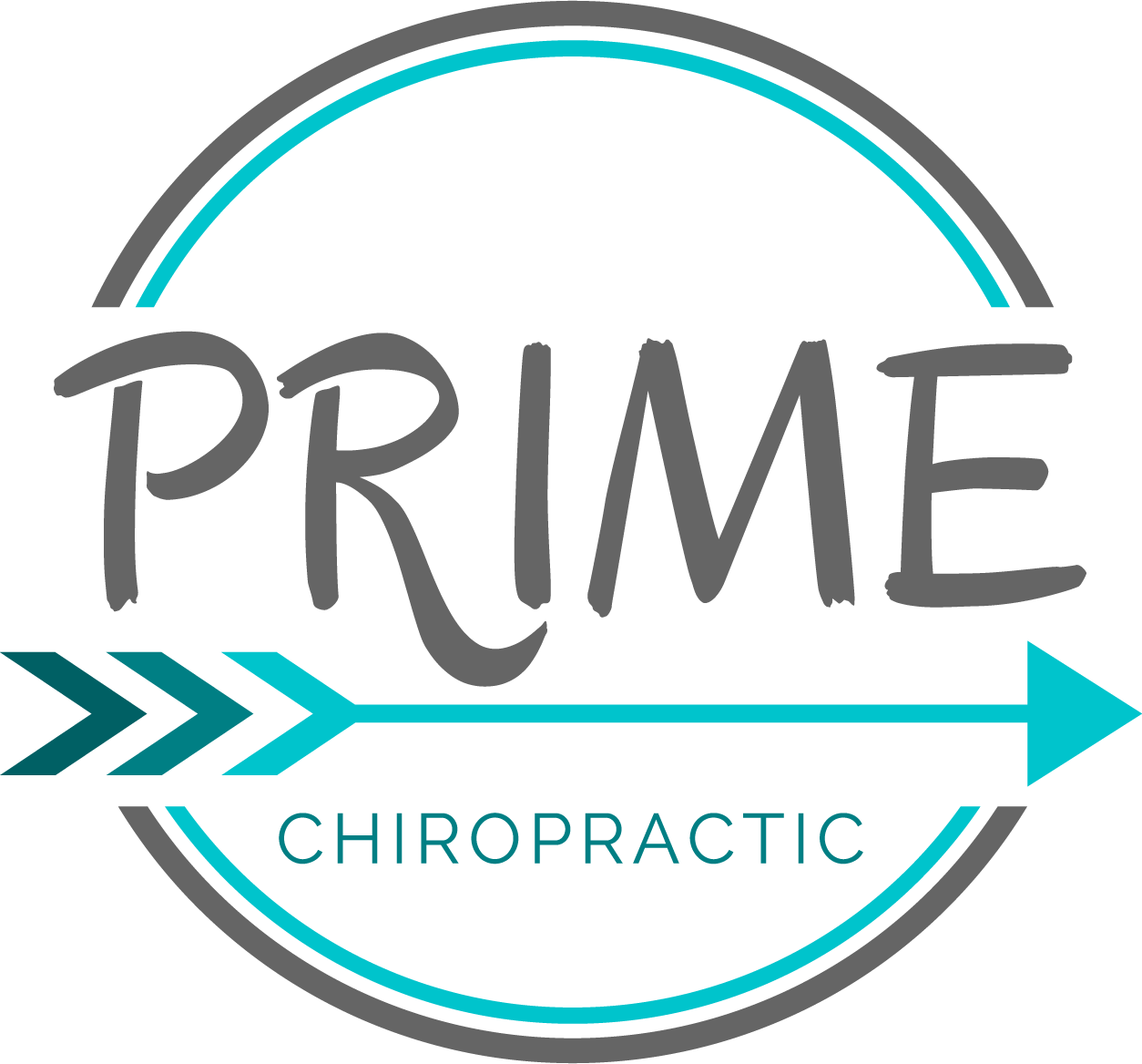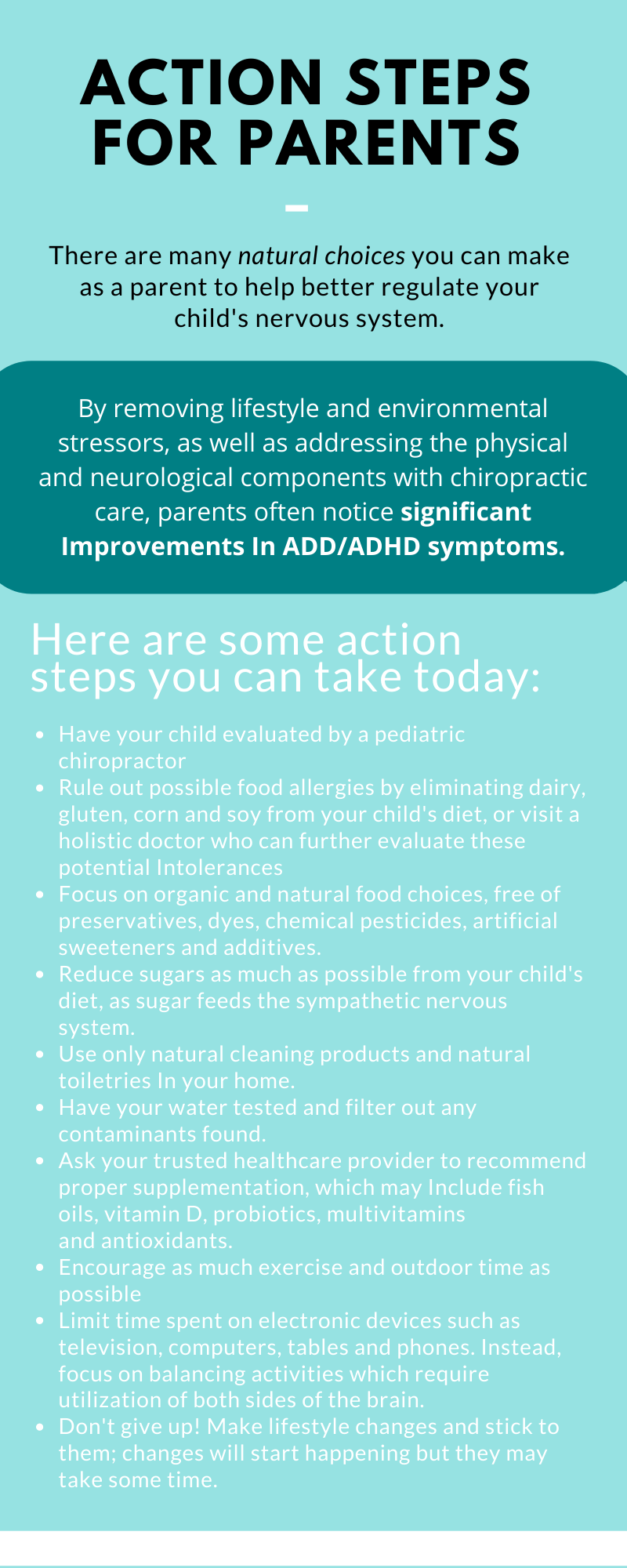“The vast majority of ADD/ADHD cases should not be considered disorders but rather states of imbalance in our nervous system.”
In the United States, 11% of school-aged children (4-17) have received an ADHD diagnosis; a number which has increased dramatically over the past 15 years. As a result, 6.1% of school-aged children are taking medications for ADHD and this number continues to rise. The average age of diagnosis is age 7, with boys 2.3 times more likely to be diagnosed than girls.
What are the classic symptoms of ADD/ADHD?
The three primary characteristics of ADD/ADHD are inattention, hyperactivity and impulsivity. These characteristics show up in some of the following ways:
Difficulty concentrating or holding attention
Easily distracted/troubled maintaining focus
Impulsive behavior/inability to control emotions
Constant squirming or fidgeting
May have a shorter temper
Trouble staying organized or planning ahead
What is the cause of ADD/ADHD?
The vast majoring of ADD/ADHD cases should not be considered disorders but rather states of imbalance in our nervous system. Our autonomic nervous system (ANS) is divided into two divisions; the sympathetic nervous system, responsible for our “fight or flight” response and the parasympathetic nervous system, responsible for relaxation and digestion.
Irritation to the nervous system from physical, chemical and emotional stressors can result in “sympathetic dominance” - a state of being where your child is constantly in the “fight or flight” response, leading to hyperactivity, inattention and impulsivity.
Children have tremendous neuroplasticity; the earlier nervous system balance is achieved the greater their ability to “re-wire” their interaction with their environment.
Traditional medical management of ADD/ADHD
The most common traditional medical approach to ADD/ADHD is the administration of nervous system stimulant drugs. While masking symptoms may provide some immediate satisfaction, many side effects can occur, including nervousness, anxiety, personality alterations, vision problems, psychosis, suicidal thoughts, sleep problems, digestive issues, inhibited growth and many others. The effects of psychostimulant medications are also not sustainable in the long term, resulting in stronger doses being prescribed over time, which can lead to potentially more severe, unwanted side effects.
The Chiropractic Approach to ADD/ADHD
Chiropractors understand that the spine is a gateway which allows for proper communication between brain and body. Physical stressors such as birth trauma or intrauterine constraint, chemical stressors such as medication use or poor diets and emotional stressors such as anxiety or sleep troubles can all lead to spinal “subluxations”, which dysfunctional in movement of the vertebrae in your child’s spine, causing disruption of proper nervous system communication.
This dysfunction compromises the normal functioning of nerves and can negatively influence your overall health and wellbeing; in the case of ADD/ADHD, contributing to a state of sympathetic dominance. By correcting subluxations (often seen in the upper neck region of children with ADD/ADHD), your chiropractor will hep restore balance to the nervous system and begin to activate the parasympathetic response in favor of sympathetic dominance. Your chiropractor can also be a good resource for other lifestyle modifications to support nervous system balance.
Research and information thanks to Wellness Media Resources! If you’re ready to get you or your kids’ health back on track, schedule your new patient appointment today!




